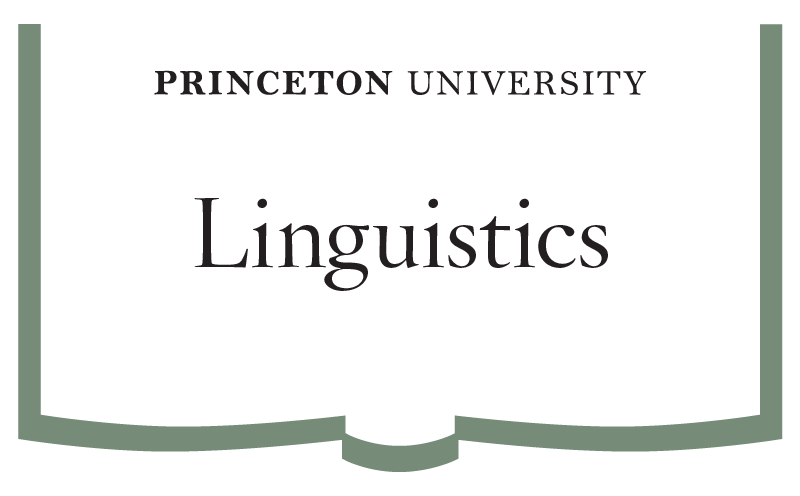When, where, why, and how did human language originate? There are no definite answers, but evidence from many different areas of investigation (including paleontology, archeology, animal communication, neurobiology, genetics, and statistics), when considered in conjunction, shed light on these old and fascinating questions.
We will define critical concepts such as language and communication, and analyze key properties of human language that distinguish it from animal communication. We will examine the status of proposed universal properties shared by all human languages (in particular, recursion — the repeated application of a rule or definition to successive results) and the documented birth of new languages like Creole and Nicaraguan Sign Language. We will examine non-linguistic behaviors (sobbing, laughing) with communicative functions that involve brain areas dedicated to language processing. Research in animal communication shows that chimps, gorillas, and vervet monkeys communicate in sophisticated ways, using some of the same brain regions that are involved in human language processing.
Mondays and Wednesday 3:00-4:20pm












